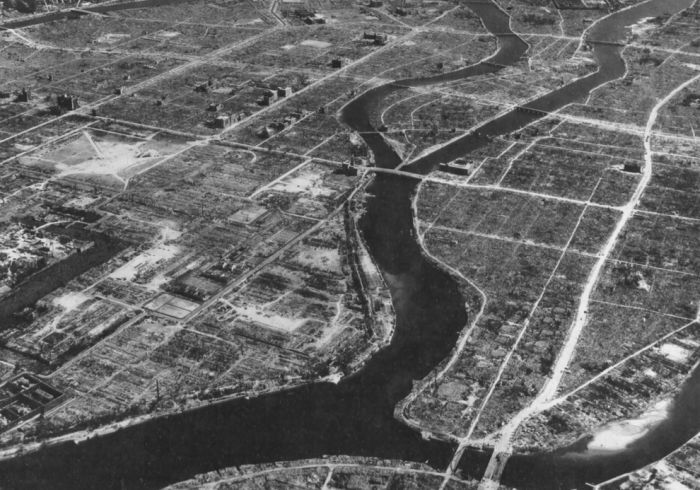|
|
History: Atomic Bombing Of Hiroshima, Japan
|
Nagasaki had never been subjected to large-scale bombing prior to the explosion of a nuclear weapon there. On August 1, 1945, however, a number of conventional high-explosive bombs were dropped on the city. A few hit in the shipyards and dock areas in the southwest portion of the city, several hit the Mitsubishi Steel and Arms Works, and six bombs landed at the Nagasaki Medical School and Hospital, with three direct hits on buildings there. While the damage from these bombs was relatively small, it created considerable concern in Nagasaki and many people—principally school children—were evacuated to rural areas for safety, thus reducing the population in the city at the time of the nuclear attack.
To the north of Nagasaki there was a camp holding British Commonwealth prisoners of war, some of whom were working in the coal mines and only found out about the bombing when they came to the surface.
• The bombing
On the morning of August 9, 1945, the U.S. B-29 Superfortress Bockscar, flown by the crew of 393rd Squadron commander Major Charles W. Sweeney, carried the nuclear bomb code-named "Fat Man", with Kokura as the primary target and Nagasaki the secondary target. The mission plan for the second attack was nearly identical to that of the Hiroshima mission, with two B-29s flying an hour ahead as weather scouts and two additional B-29s in Sweeney's flight for instrumentation and photographic support of the mission. Sweeney took off with his weapon already armed but with the electrical safety plugs still engaged.
|
|









